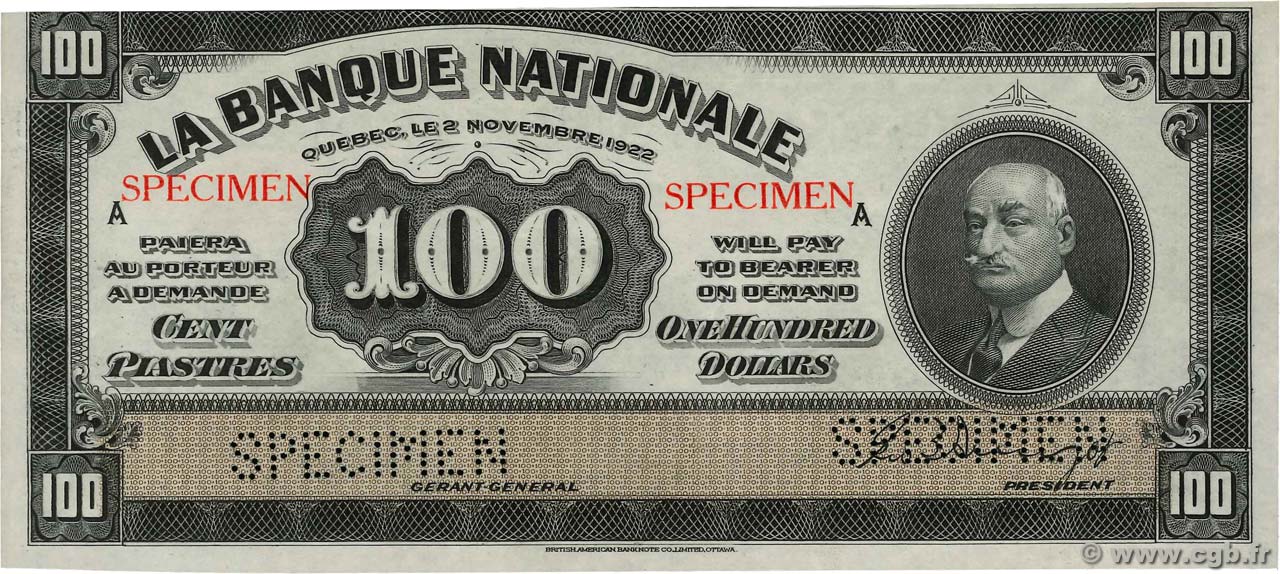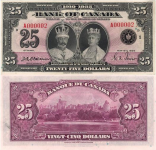True. And interesting. Zille as Leader in Cape Town with Mazibuko as Deputy President in the Union Buildings would have made the ANC's Two Centres of Power discourse look like a storm in a teacupSurely it didn't need to be the party leader, they could deploy anyone to the position if they like?
-
Hi Guest!
The costs of running this forum are covered by Sea Lion Press. If you'd like to help support the company and the forum, visit patreon.com/sealionpress
You are using an out of date browser. It may not display this or other websites correctly.
You should upgrade or use an alternative browser.
You should upgrade or use an alternative browser.
Things that look like alternate history but aren't
- Thread starter Meadow
- Start date
A strategic development that may look rather counterfactual from the perspective of anyone in May 1940: in early September 1944, the roles have been reversed and it's now the Germans' turn to be encircled at Dunkirk.

(Map credit: Indy Neidell's World War Two youtube channel)

(Map credit: Indy Neidell's World War Two youtube channel)
- Location
- NYC (né Falkirk)
- Pronouns
- he/him
I know the exact, logical circumstances that this would have happened but still feels like something out of Red Dawn.

Radac
Too young, too simple, sometimes naïve
- Location
- Pentapotamia-in-Exile
- Pronouns
- he/him
https://www.vanguardngr.com/2023/03/ooni-visits-brazil-declares-quilombo-yoruba-territory/
Headline feels right out of an althist ngl
Headline feels right out of an althist ngl
Radac
Too young, too simple, sometimes naïve
- Location
- Pentapotamia-in-Exile
- Pronouns
- he/him
Sending this extract to some family, really interesting example of how the Sikh Empire contributed to the world.Another weird almost-AH thing from OTL, related to military uniforms. There's a now-ubiquitous item of clothing, more commonly associated with Western civilization, which actually originated in the Sikh Empire, having been commissioned by Claude Auguste Court in his appointed task of modernizing the Kingdom of the Punjab's artillery divisions as part of the new standard uniform which all of its gunners would wear. Relatively mass-producible, durable and hard-wearing uniforms were needed, so it was decided that they'd still be made from the coarse, thick calico cloth known as Dungaree fabric, as before. However, since it was felt that these would lack sufficient regal poise to properly represent the wealth and bearing of the Sikh Raj (and the Napoleonic officers of the Fauj-i-Khas' 'French Regiment'), it was decided that the fabric for these uniforms would be woven using a 3/1 twill, and that the warp threads would be also dyed using the 'royal dye' of indigo (the primary export cash crop of its southern province of Multan).

These proved immensely successful, both with the troops and with the officers themselves. Feeling that the baggy, loose-fitting flannel or silk trousers typically worn by nobility in the Sikh Court was too soft for his tastes, Court adopted this new fabric for his own personal casual clothing, with General Ventura and several other members of the Fauj-i-Khas also following suit. And Jean-Baptiste Ventura, in particular, felt this type of clothing had great commercial potential, even more so than the Kashmiri shawls which were so in-vogue with the womenfolk when he'd brought them back with him on his diplomatic trip to London and Paris in 1838.
So much so that, even after being forced to depart the Punjab and return to Europe in late 1843 upon the dissolution of the Fauj-i-Khas, he decided to set up a major commercial enterprise producing this indigo-dyed, 3/1 twill-woven thick cotton fabric, in the primary metropolis of Bas-Languedoc, Nîmes. Unfortunately for Jean-Baptiste Ventura though, this textile venture proved far less lucrative and profitable than he'd hoped, especially with the raw materials needed to produce it entailing far higher expenses and overheads; gaining some local popularity, but failing to acquire the mass appeal farther afield which he'd hoped. As such, this commercial venture never managing to turn a profit, and wound up depleting much of the large fortune which he'd accumulated in the Sikh Raj.
However, even after his death in 1858, this textile factory and the fabric it produced, by then known as 'Serge de Nîmes' or in shorthand by the name of 'denim', still endured, having been bequeathed to his daughter Victorine (who'd been born in Lahore, and whose mother, Anna Moses, had an intriguing backstory of her own which isn't mentioned on wikipedia; not merely being 'of Armenian origin', but having been the daughter of one of the French officers in Begum Samru's army by his Armenian wife, with Victorine Ventura's aunt having also been the wife of Walter Dubuignon, Commander of Begum Samru's personal guard), along with the noble family she'd married into.
With Jean-Baptiste Ventura, the 'Count di Mandi', having become one of the most prominent generational role models for the European Jewish merchant community, it would be no surprise that the story of legendary adventures and exploits would spread even as far the Franconia region of the Kingdom of Bavaria in the German Confederation, from whence the Strauß family, one of its Jewish merchant families, would set sail across the Atlantic to establish dry goods businesses across America. And whilst the blue jeans craze which Ventura'd hoped to kickstart failed to materialize in France and across the rest of Europe during his own lifetime, it did wind up taking off in a big way over in the U.S of America.

If not for Court, Ventura, and the Sikh Fauj-i-Khas, this train of events would've almost certainly never happened; and blue jeans, along with all other items of denim clothing as we know them today IOTL, would almost certainly have never existed...
- Location
- Arlington, Virginia

Julius Caesar (cricketer) - Wikipedia
That's always been my reaction to
Julius Caesar (cricketer) - Wikipedia
en.wikipedia.org

Danny Kruger - Wikipedia

Julius Caesar (cricketer) - Wikipedia
en.wikipedia.org
Nothing compared to Calvin Coolidge Julius Caesar Tuskahoma McLish (real genuine name).
This is the best name a cricketer has ever had.
Julius Caesar (cricketer) - Wikipedia
en.wikipedia.org
Napoleon Einstein - Wikipedia
LSCatilina
Never Forget Avaricon
- Location
- Teuta Albigas - Rutenoi - Keltika
- Pronouns
- ēs/xsi
Don't underestimate the Franco-German friendship
LSCatilina
Never Forget Avaricon
- Location
- Teuta Albigas - Rutenoi - Keltika
- Pronouns
- ēs/xsi
Nice!Thanks to @Bruno for linking to this one.
Canadian 25 dollar note in 1935. Something about that fusion of very American dollar style with King George and Queen Mary and the Canadian bilingualism...
Would you know, by the way, why the "piastre" denomination instead of dollar didn't stuck out, as it seems to have been attempted at some point? Or was it something exclusively made in Quebec?

Twenty-five is a very metric adjacent number for a bank note. Not sure I've seen one beforeThanks to @Bruno for linking to this one.
Canadian 25 dollar note in 1935. Something about that fusion of very American dollar style with King George and Queen Mary and the Canadian bilingualism...
View attachment 73390
no Zimbabwean 250,000 dollars doesn't count, shut up
Interesting - I assume that just comes down to how official the term is. 'Piece(s) of eight', the English equivalent, got stereotypically associated with pirates and the like, probably because the Americans' use of the synonymous 'dollar' in a New World context made it sound more official and stately? Maybe?Nice!
Would you know, by the way, why the "piastre" denomination instead of dollar didn't stuck out, as it seems to have been attempted at some point? Or was it something exclusively made in Quebec?

Thanks to @Bruno for linking to this one.
Canadian 25 dollar note in 1935. Something about that fusion of very American dollar style with King George and Queen Mary and the Canadian bilingualism...
View attachment 73390
Some more info on this here: https://macleans.ca/economy/a-fond-farewell-to-canadas-little-known-25-bill/
It’s a little-known fact about Canada’s monetary history, but there was a time when the Bank of Canada issued $25 bills.
It was a limited-edition commemorative banknote, issued only for a short period in 1935 to in honour of the silver jubilee of King George V, Canada’s reigning monarch at the time. The note features a portrait of the King alongside his wife, Queen Mary.
There are approximately 1,840 of these bills.
LSCatilina
Never Forget Avaricon
- Location
- Teuta Albigas - Rutenoi - Keltika
- Pronouns
- ēs/xsi

St. Menas driving the Wehrmacht out of Egypt during the Battle of El-Alamein. (Fresco in Mount Athos)
napoleon IV
Sheer Animal Cunning of the Groundhog
- Location
- Washington, Douglass Commonwealth
- Pronouns
- he/him
President Benjamin Netanyahu delivers the State of the Union, with Speaker John Boehner and Vice President Orrin Hatch in the background. This could technically happen, Netanyahu was born in America.
President Benjamin Netanyahu delivers the State of the Union, with Speaker John Boehner and Vice President Orrin Hatch in the background. This could technically happen, Netanyahu was born in America.
He was born in Tel Aviv, so I think not possible.




